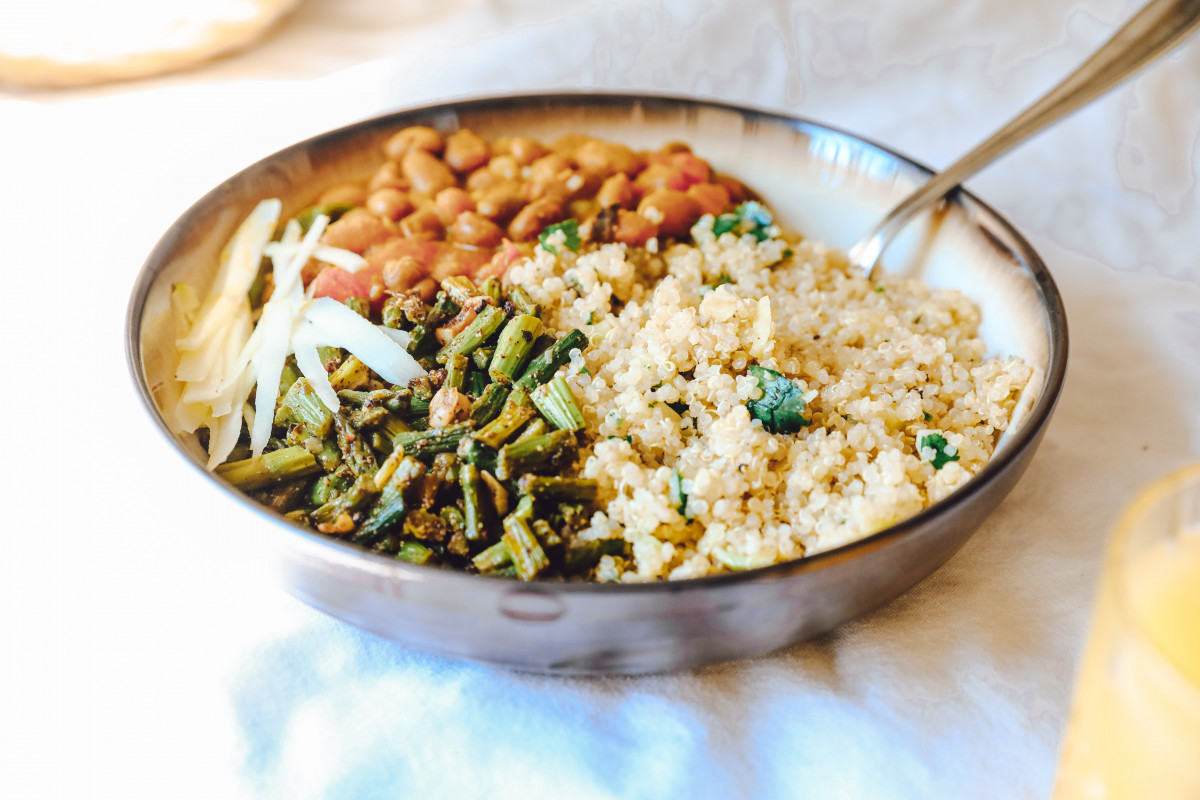It is one of those phrases you hear bandied about but you may be unsure whether there is something to it or if it is just hocus-pocus, airy-fairy nonsense. Well, I am here to tell you that it’s not.
As you may have read in the Filthy Four Letter Word post, I am not a dietician that advocates or encourages calorie counting. Check out that post for more insight into why I generally choose to avoid this. Instead, I have a mindful eating conversation.
Often at this point, I start to see the panic in my client’s eyes. The concept of mindful eating sounds so loose and subjective, how will they lose weight or improve their health if they don’t have something stricter to follow? You may be thinking the same thing right now. So, before I dive into how exactly to practice mindful eating, let me explain a bit further as to why I know it is an extremely useful tool.
I know from years of experience of one-on-one consulting with clients that a rigid “meal plan” in which I spell out the grams and percentages of each macronutrient to consume on a daily basis is exciting for exactly one week. After that, it becomes tedious, monotonous, and impractical. Life happens (a weekend getaway with friends, a two-day conference at a hotel, a child’s birthday party), and all of a sudden you are knocked off track of your meal plan and you don’t know where to go from there. Old habits creep back in and you are back to square one. The meal plan remains stuck to the fridge where you try your best not to look at it but you feel too guilty to throw it away.
So, what is the solution? Simply put, a two-pronged approach: first off, let’s focus on the foods that are best for us and which we should be prioritizing in our shopping and cooking, and which foods are less ideal and which we should be avoiding for the most part. Second, by practicing mindful eating, let’s ensure that you are eating in response to true hunger and not one of the many other triggers that cause us to eat food when our body doesn’t truly need it, or to eat types of food that don’t enhance or improve our health.
Before I continue, let me just clarify that no one is perfect every single day. You should not expect yourself to be. If you are trying to practice mindful eating most days, but now and then allowing yourself that freedom to enjoy a special occasion or treat yourself to something really yummy, there is absolutely nothing wrong with that. But if you are not fully aware of what you are eating because you are often eating while doing other things (driving, working on your computer, or watching TV) or you eat in response to feelings you are experiencing (depression, anxiety, or stress), then you most certainly can benefit from learning more about mindful eating.
Let’s get to the nuts and bolts of mindful eating: It means eating food with attention and intention. The “attention” part refers to paying attention to how foods make you feel, enjoying foods, and knowing the different effects different foods have on you. The “intention” part refers to the intention to care for yourself. So, how do you put this into practice?
- Eat slowly and without distraction. This means trying to always eat sitting at a table while not doing anything else. No phones! Try not to eat in front of the TV or while driving either.
- Listen to physical hunger cues, and stop eating when you are satisfied (not overly full). If you think of hunger as a scale between 1 and 10, with 1 being ravenous and 10 being uncomfortably full, try and start a meal as a 4 or 5, and finish at a 6 or 7. This is why it is important to eat slowly and to not distract yourself with a phone or TV – this gives your brain time to realise that you are actually satisfied.
- Distinguish between true, physical hunger and emotional, non-hunger triggers. It is good to know what your triggers to emotional eating are – whether it is anxiety, stress, depression, etc. Once you know what these triggers are, you can then work on healthier ways of dealing with them, rather than using food as a comfort
- Take the time to notice the senses involved in eating – the smell, the taste, the texture of food. Eat slowly enough to allow yourself to do this.
- Start with a smaller portion – serve your food onto a smaller plate than what you would normally use.
- Chew your food properly. Put down your cutlery in between bites, chew each mouthful properly before picking up your cutlery again.
- Wait at least 10 minutes after finishing your food to decide if you need more. Chances are your brain will have caught up and you will feel satisfied.

Start today to put some of these into practice and see the difference it makes to your eating!